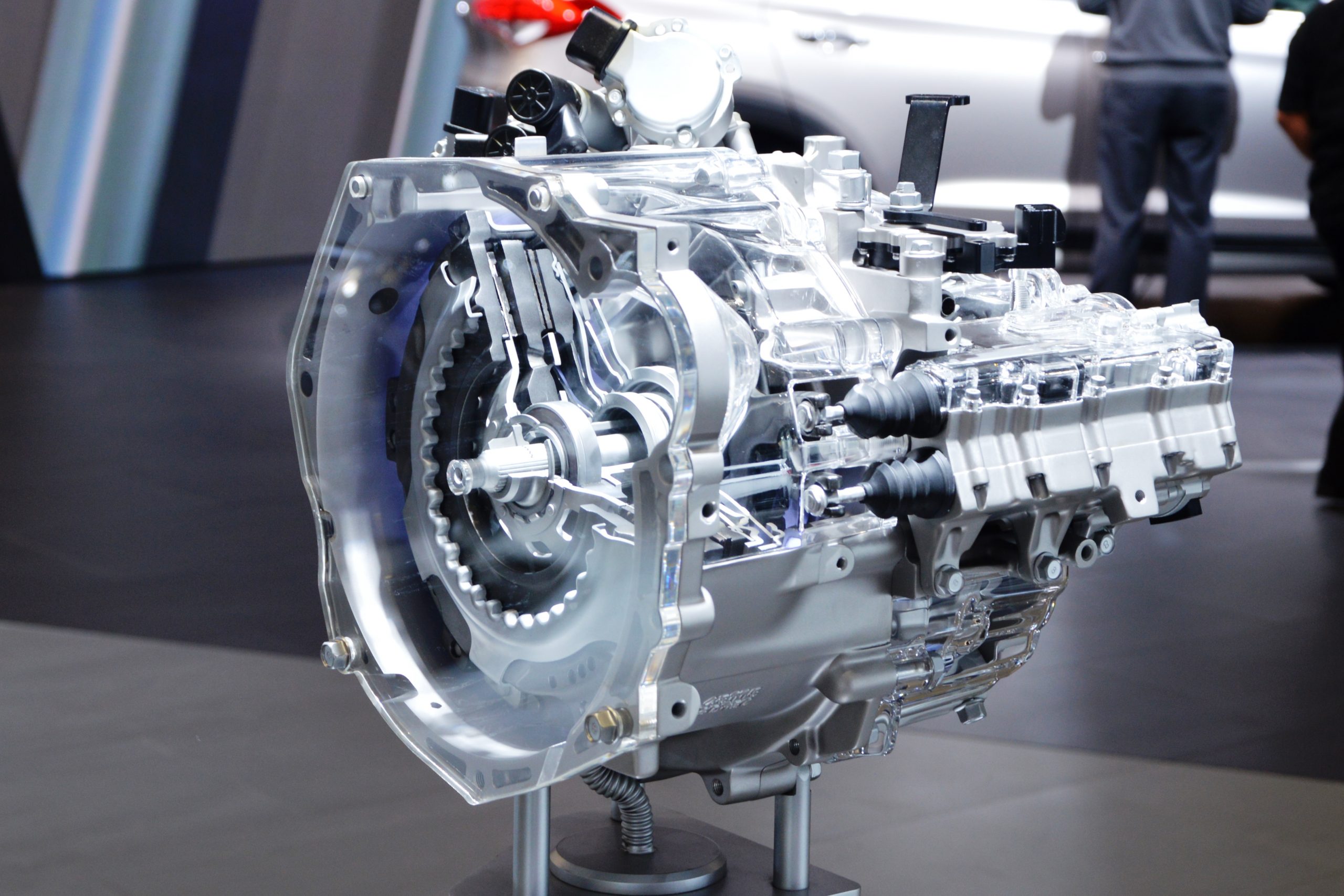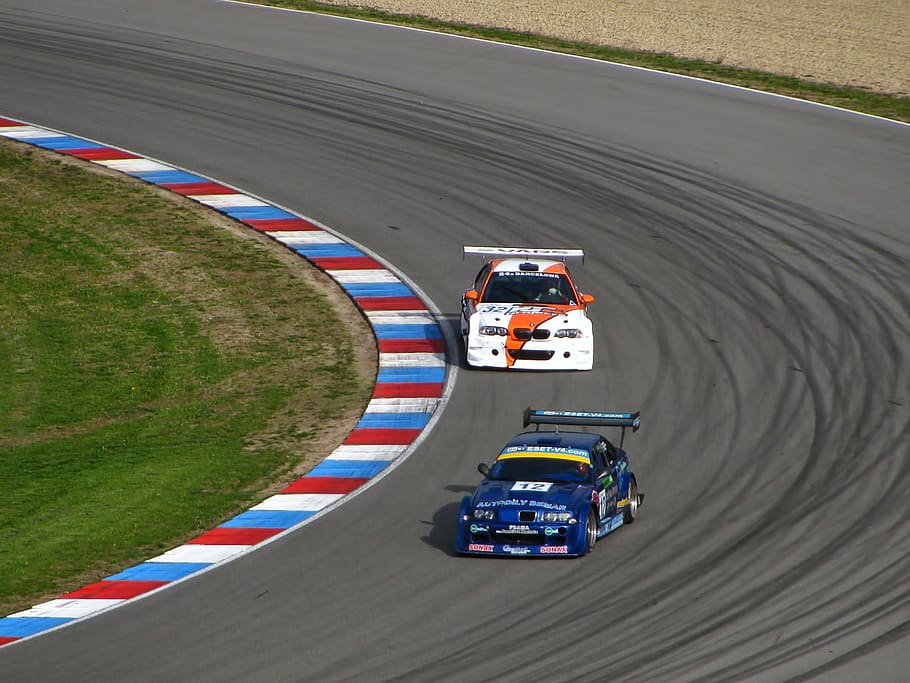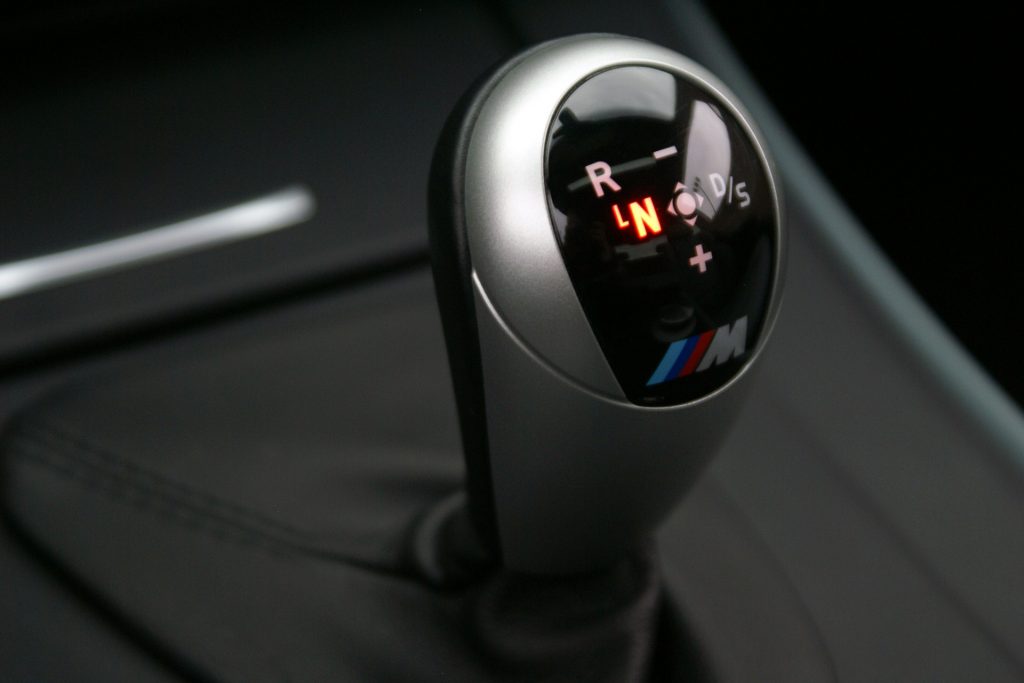Contents
– Double-clutch: a little technique
– Interest in the double-clutch on our modern vehicles
The double-clutch in cars goes back many years: it was at the time of vehicles with non-synchronized gearboxes (until the end of the 70s).
You have never heard of it, or you despair of not knowing how to do it? Don’t worry; it’s not a procedure you’ll have to perform on your “full option” car right out of the dealership. Although…
Double-clutch: a little technique
How does the gearbox work?

The principle is to move the kinematic chain (engine rotation movement) on pinions of different size:
– For this purpose, shifters connected with the gearshift linkage, integral in rotation and free in translation with hubs linked to the secondary shaft (speed proportional to that of the wheels) are moved and mesh with gears integral with the primary shaft (motor speed).
– As the rotation speeds of the primary and secondary shafts are not identical, modern gearboxes incorporate some small clutches called synchronizers, which gradually equalize these speeds, elements that were absent on older vehicles.
– This is why, on these vehicles, in particular, double disengagement was practiced.
Please note: the operation is much more difficult to carry out when downshifting (for example, from 3° to 2°) than when upshifting: it is then necessary to increase the engine speed and engage the precise gear the moment when the engine and gearbox rotations are equal.
How to carry out the double disengagement?
Here are the different phases:
– When changing gears, the driver presses the clutch pedal (disengagement) and shifts into neutral.
– He releases the clutch pedal and pushes the accelerator pedal to rev the engine: this action brings the engine speed and rotation of the secondary shaft to the same value.
– He disengages the clutch again to engage the gear. Once the gear is engaged, he releases the clutch.
The interest of the double-clutch on our modern vehicles
Your vehicle is equipped with a classic mechanical gearbox (i.e. synchronized), and if you are a purist, nothing prevents you from using this method: the synchronizers will be spared.
However, in an era where cars are automated, the interest in this technique is hardly obvious. Nevertheless, here are some cases where the double-clutch is still used:
– Driving on slippery roads (snow, ice…), downshifting gears quickly bring the secondary shaft’s speed back to the speed of the primary shaft: the immediate effect is a jolt leading to the locking of the driving wheels and the loss of grip. The double-clutch eliminates this risk.

– Racing vehicles: for the same reason, racing cars require a dual-clutch transmission: it prevents the wheels from locking up when downshifting while making braking more effective (the wheels that are no longer connected to the engine rotation brake more easily). Some of these vehicles are equipped with specific gearboxes with a clutch (like motorcycle gearboxes), requiring double disengagement.
In case of malfunction of your gearbox or the clutch: it is a way to avoid your vehicle’s immobilization. It is a technique known by all good mechanics.
Is a synchronizer ring is defective, or you broke your clutch cable? It is the moment to practice and to know if you assimilated the technique of the double-clutch!
To understand more:
– Is your clutch worn out?
– Clutch slipping: what to do?
Remember to share your experience in the comment section.


